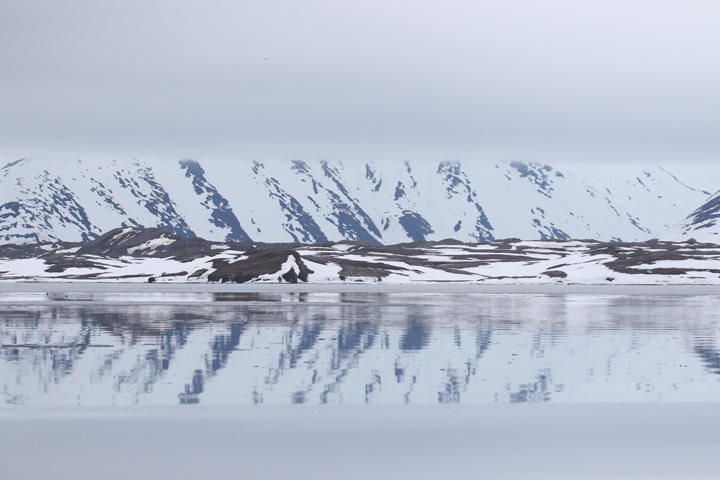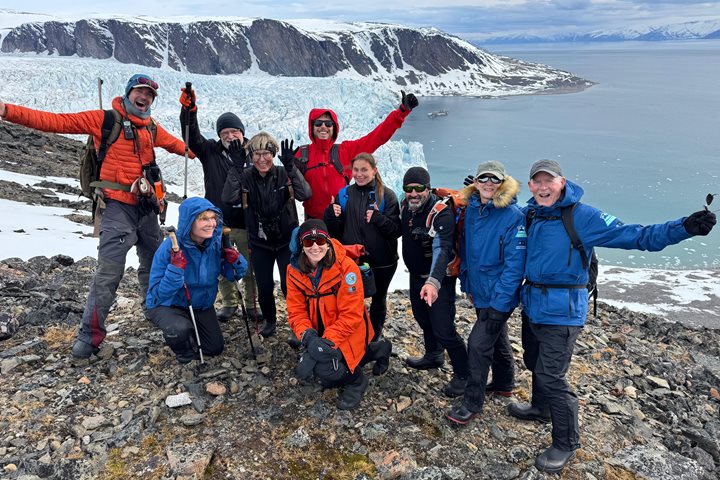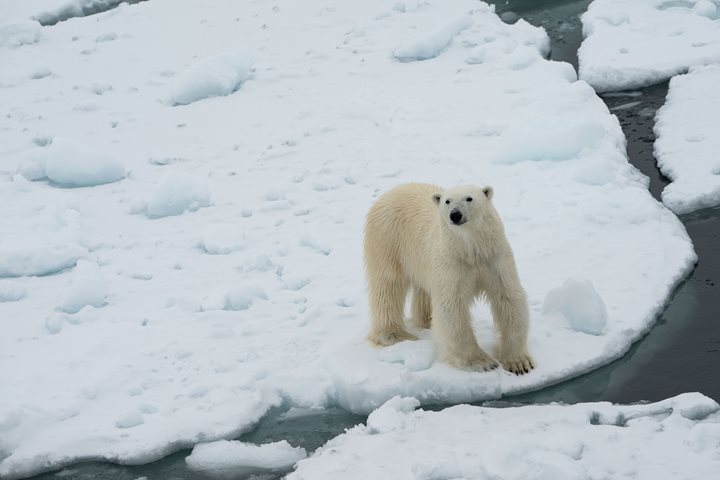The municipality of Smøla consists of one large island with a number of small ones scattered around its coast. It is situated on Norway’s west coast, at 63° 24’07’’ north. Home to humans for thousands of years, recent centuries have seen the region rise and fall with various fish-related industries, in typical Norwegian style. Historically it provided goods to the great trading empire of the Hanseatic League, bringing wealth to the region, and today the main industry is fish farming. As soon as we arrived at anchor after the ship weaved in amongst the outer islands and skerries of the archipelago, we set out on our various excursions for the day.
Arguably, Smøla’s most remarkable natural asset is its population of white-tailed eagles. Despite the construction of one of Europe’s largest terrestrial wind farms on the island, which had a significant negative impact on the breeding success of the birds, the municipality is still supposedly home to the greatest density of these birds on earth. A number of us took to local boats, accompanied by one of the leading experts on Smøla’s eagle population, and searched among the islands. After carefully luring a number of eagles in with a fish, we were lucky to witness a close view of one grasping it from the water with its talons.
Others opted for the very Norwegian experience of a few hours of fishing in the rich waters surrounding the archipelago. In no time, a plentiful yield was brought aboard for preparation by our galley. Additionally, many chose to hike through the picturesque, open landscape of the main island, or explore the various fishing villages on foot in other was, taking in the rich history of the area which has lived in close harmony with the sea for centuries. On arrival back on board, we were treated to a performance of folk songs, many with maritime connections, by local vocal group “The Gubbliners” before setting off again towards our next stop north.







